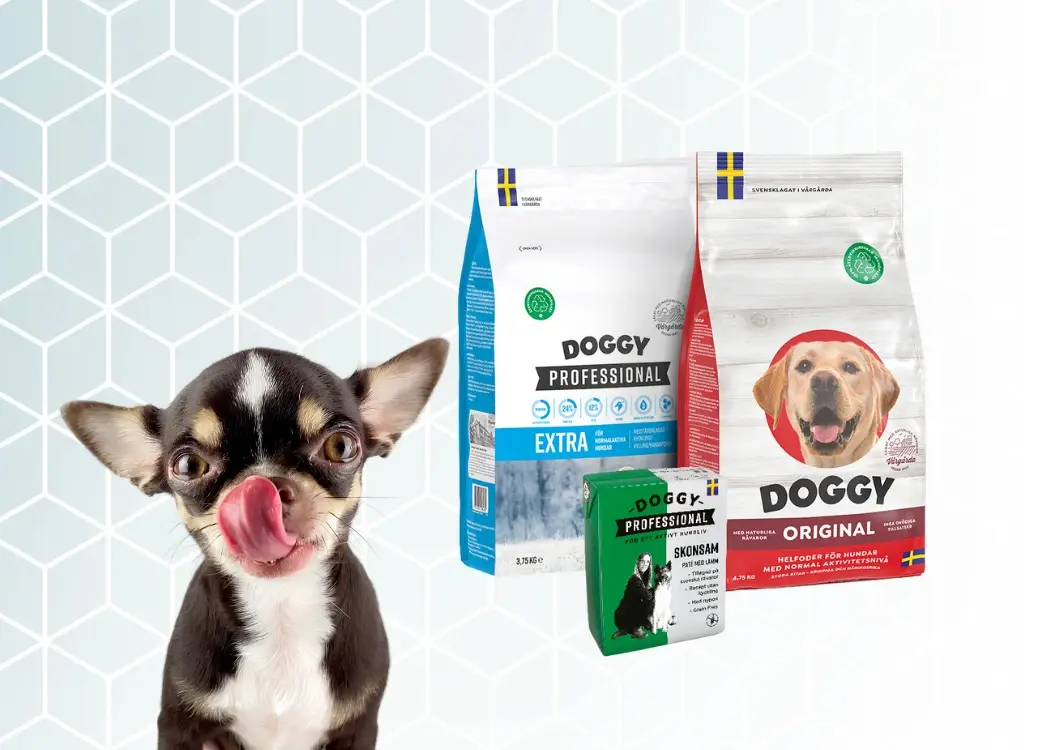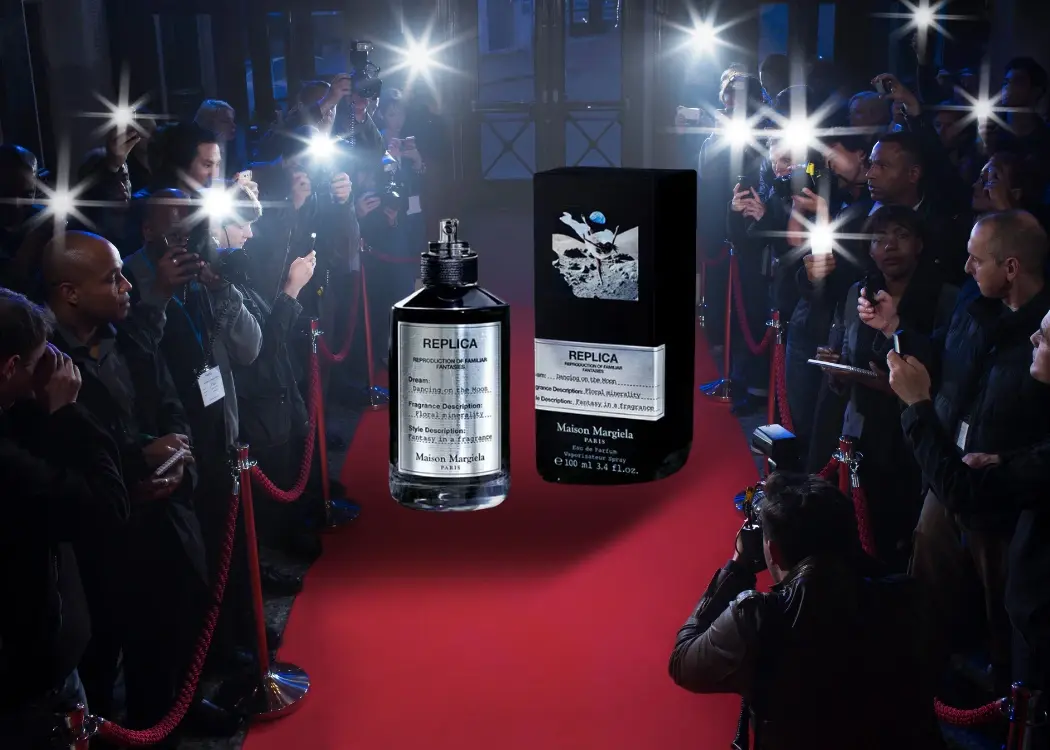Why packaging artwork process consulting saves brands millions
Packaging mistakes cost global brands billions every year — in recalls, redesigns, delays, and lost shelf space. That's why more and more companies...
4 min read
Ekaterina Skalatskaia
:
May 13, 2025 7:15:00 AM

As pet parents, we spend time choosing the right food — the one that promises shiny coats, strong joints, or grain-free digestion. But there’s something we often forget to check: the package it comes in.
It’s easy to overlook, but the packaging that holds your dog’s kibble or your cat’s favorite pâté is more than a bag or can — it’s the guardian of everything your pet needs to thrive.
From the moment food is sealed to the day you scoop it into their bowl, the package does the quiet work of preserving nutrients, flavor, and safety. And for brands that truly care, packaging is treated with as much intention as the ingredients inside.
One of those brands is Doggy — a Swedish pet food company that’s making waves not just with what they make, but how they manage every step of getting it right.
Just like humans, pets need fresh, nutrient-rich food to feel their best. But pet food can be surprisingly fragile, especially when exposed to air, moisture, or heat.
Dry kibble starts to lose key vitamins (especially A and E) when exposed to oxygen. Essential fatty acids — the ones that help with skin and coat — are also highly sensitive to oxidation.
Wet food can spoil quickly if improperly sealed or stored, leading to tummy troubles or food refusal.
And for the more selective eaters (we're looking at you, cats), even small taste changes from packaging exposure can lead to skipped meals.
Packaging is your first defense against all of this — when done right.
Different types of packaging offer different benefits — and potential drawbacks. Here's a closer look at what’s on your shelf:
Plastic Multi-Layer Bags
Most common for dry kibble. If made with high-barrier layers, they protect well. But cheaper materials might allow oxygen or humidity to sneak in — compromising shelf life and nutrition.
Metal Cans
Still a go-to for wet food. They offer strong shelf stability, but older or lower-quality cans may contain BPA in the lining — a chemical linked to hormonal disruptions.
Tetra Pak Cartons
A growing trend! These lightweight, often BPA-free cartons are resealable and eco-friendlier than cans.
Glass Jars
Not as common, but popular for high-end or specialized formulas, offering an airtight and non-reactive home for sensitive ingredients.
So, what’s the best? It depends on your food type and your storage habits — but across the board, what matters most is how well it protects freshness once opened.c
Oxygen is the sneaky villain behind spoiled food. That’s why modern pet food brands are stepping up with smart closure systems:
Velcro or zipper seals for dry food bags
Nitrogen-flushed vacuum packs for raw treats or freeze-dried options
Reclosable plastic tubs or pouches for wet and semi-moist food
These small design details can make a big difference in how long your food stays safe after opening — especially if you're storing it properly (more on that later).
BPA (Bisphenol A) is a synthetic compound often found in the linings of cans and certain plastics. In animals and humans alike, BPA has been linked to hormonal disruptions, especially in developing or sensitive bodies.
While many premium pet food brands have switched to BPA-free materials, not all have. And with labeling sometimes unclear, it's worth reaching out to your pet food provider — especially if canned food is a daily staple.
Safer alternatives used by forward-thinking brands include:
PET plastic
Epoxy-free linings
Biodegradable barrier layers
Sustainability matters to pet parents, too — after all, we want a healthy planet for our furry companions to run, play, and explore.
That’s why brands are experimenting with paper-based pouches, bioplastics, and recyclable or compostable bags. But here’s the challenge: many of these materials aren’t yet as effective at blocking moisture and oxygen as traditional plastics or foils.
That’s where clever innovation comes in — such as dual-layer packaging: a sustainable outer layer combined with a protective, food-safe inner barrier.
Let’s talk about Doggy — not just the adorable name, but the thoughtful brand behind it.
Doggy is known for their high-quality Swedish pet food, but what truly sets them apart is how they handle packaging behind the scenes. They understand that food safety starts long before the bag is opened — it starts in the design and approval process.
That’s why Doggy uses a Cway® platform to manage their packaging artwork and production. By investing in a streamlined artwork management system, Doggy has dramatically improved packaging accuracy, accelerated go-to-market timelines, and helped reduce packaging errors that could compromise pet health. Their story offers insight into how packaging automation for CPG brands can drive both performance and peace of mind.
Cway® is an artwork management platform that helps brands create, approve, and deliver packaging with precision and care.
Imagine everything that goes into your pet food label:
Ingredient lists
Nutritional claims
Expiry dates
Legal compliance (sometimes in multiple languages!)
Design consistency
Printer specifications
Now imagine handling all of that through back-and-forth emails, outdated PDFs, and tracking changes in spreadsheets.
That’s the old way.
With Cway®, Doggy and other caring brands can:
Keep every label version organized and traceable
Ensure the latest ingredients and nutritional info are always up to date
Collaborate in real time with design teams, suppliers, and regulatory experts
Approve final packaging with confidence — no guesswork, no stress
Cway® helps brands like Doggy keep every piece of packaging accurate, safe, and pet-approved — from first design to final delivery.
👉 Try Cway® in action
👉 Learn more about how Cway® supports food safety and workflow
What Pet Parents Can Do at Home
Even the most thoughtfully designed packaging can’t do its job if it’s mishandled. Here’s how to store your pet’s food like a pro:
Keep kibble in the original bag. Yes, even if you put it in a container! The bag’s inner lining adds a barrier the container alone doesn’t have.
Store in a cool, dry place. Heat and humidity are food freshness killers.
Don’t mix new and old food. This can cause contamination or degrade the freshness of the new batch.
Seal bags tightly after each use. Roll and clip, zip or Velcro shut.
When we talk about pet wellness, we often focus on food quality — but the packaging that preserves that food plays an equal role.
Freshness, safety, and nutrition don’t happen by accident. They happen because people — like the teams at Doggy — make it their mission to get packaging right, every time.
Whether it's choosing better materials, investing in resealable designs, or using smart platforms like Cway® to double-check every label, thoughtful packaging protects the health of the animals we love.
And that’s something worth barking about.
Join leading pet food brands who are upgrading their packaging workflows with tools built for compliance, collaboration, and care.
👉Explore how Cway reduces packaging errors and simplifies approval workflows

Packaging mistakes cost global brands billions every year — in recalls, redesigns, delays, and lost shelf space. That's why more and more companies...

Inspired by the Met Gala 2025: “Superfine: Tailoring Black Style” When we think of the Met Gala, we think of jaw-dropping silhouettes, daring fashion...

World Fair Trade Day, celebrated annually on the second Saturday of May, is more than just a symbolic event—it's a powerful call to action. On May...